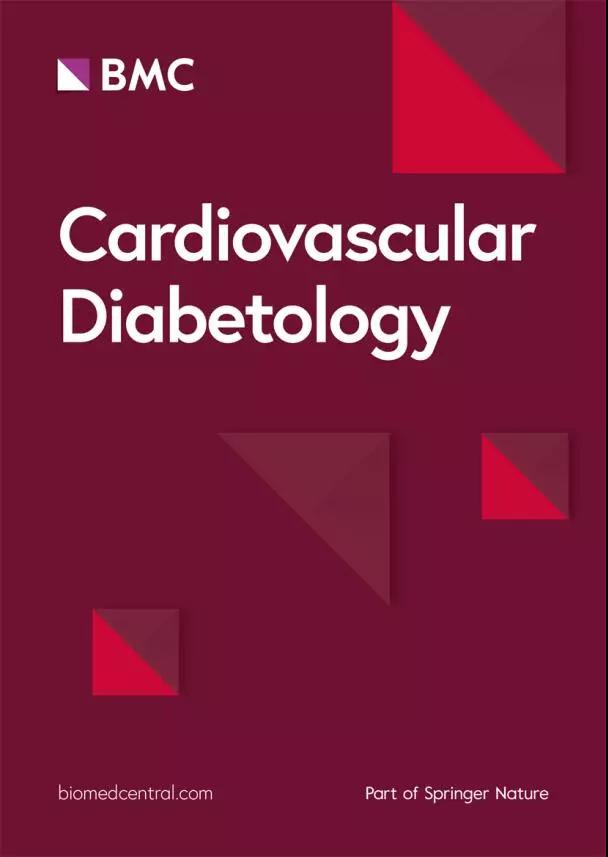按年龄组划分的非酒精性脂肪肝与新发心房颤动的关系
IF 8.5
1区 医学
Q1 CARDIAC & CARDIOVASCULAR SYSTEMS
引用次数: 0
摘要
非酒精性脂肪肝(NAFLD)与心房颤动(AF)之间的关系并不一致,肝纤维化对这种关系的影响仍不确定。我们研究了非酒精性脂肪肝与不同年龄组新发房颤风险之间的关系。根据非酒精性脂肪肝状态,我们将 2009 年韩国国民健康检查计划的 3,179,582 名参与者分为五组:无非酒精性脂肪肝(脂肪肝指数[FLI] < 30);1级非酒精性脂肪肝,无晚期纤维化(FLI 30-59,BARD < 2);1级非酒精性脂肪肝,有晚期纤维化(FLI 30-59,BARD ≥ 2);2级非酒精性脂肪肝,无晚期纤维化(FLI ≥ 60,BARD < 2);2级非酒精性脂肪肝,有晚期纤维化(FLI ≥ 60,BARD ≥ 2)。主要结果是发生房颤。在中位随访 9.3 年期间,有 62542 名患者被诊断为新发房颤。在年龄和性别调整模型中,新发房颤的风险随非酒精性脂肪肝等级和纤维化类别的不同而增加:无晚期纤维化的1级非酒精性脂肪肝(危险比[HR]1.120,95%置信区间[CI]:1.081-1.161);1级非酒精性脂肪肝伴晚期纤维化(HR 1.275,95% CI 1.251-1.300);2级非酒精性脂肪肝无晚期纤维化(HR 1.305,95% CI:1.252-1.360);2级非酒精性脂肪肝伴晚期纤维化(HR 1.627,95% CI:1.586-1.670)。在多变量模型中,即使在20-39岁的参与者中,非酒精性脂肪肝和晚期纤维化患者发生房颤的超额风险仍然显著。非酒精性脂肪肝患者新发房颤的风险较高,且随着非酒精性脂肪肝严重程度的增加而逐渐增加,尤其是在20-29岁的患者中。本文章由计算机程序翻译,如有差异,请以英文原文为准。
Association of nonalcoholic fatty liver disease with new-onset atrial fibrillation stratified by age groups
The association between nonalcoholic fatty liver disease (NAFLD) and atrial fibrillation (AF) has been inconsistent, and the impact of hepatic fibrosis on this relationship remains uncertain. We investigated the association between NAFLD and the risk of new-onset AF across different age groups. A total of 3,179,582 participants from the 2009 Korean National Health Screening Program were divided into five groups based on NAFLD status: no NAFLD (fatty liver index [FLI] < 30); grade 1 NAFLD without advanced fibrosis (FLI 30–59 & BARD < 2); grade 1 NAFLD with advanced fibrosis (FLI 30–59 & BARD ≥ 2); grade 2 NAFLD without advanced fibrosis (FLI ≥ 60 & BARD < 2); and grade 2 NAFLD with advanced fibrosis (FLI ≥ 60 & BARD ≥ 2). The primary outcome was incident AF. During the median follow-up of 9.3 years, 62,542 patients were diagnosed with new-onset AF. In the age- and sex-adjusted model, the risk of new-onset AF increased across NAFLD grades and fibrosis categories: grade 1 NAFLD without advanced fibrosis (hazard ratio [HR] 1.120, 95% confidence interval [CI]: 1.081–1.161); grade 1 NAFLD with advanced fibrosis (HR 1.275, 95% CI 1.251–1.300); grade 2 NAFLD without advanced fibrosis (HR 1.305, 95% CI: 1.252–1.360); and grade 2 NAFLD with advanced fibrosis (HR 1.627, 95% CI: 1.586–1.670). In the multivariate model, the excess risk of AF in patients with NAFLD and advanced fibrosis remained significant, even in participants aged 20–39 years. Patients with NAFLD had a higher risk of new-onset AF, which increased progressively with NAFLD severity, particularly in those aged 20–29 years.
求助全文
通过发布文献求助,成功后即可免费获取论文全文。
去求助
来源期刊

Cardiovascular Diabetology
医学-内分泌学与代谢
CiteScore
12.30
自引率
15.10%
发文量
240
审稿时长
1 months
期刊介绍:
Cardiovascular Diabetology is a journal that welcomes manuscripts exploring various aspects of the relationship between diabetes, cardiovascular health, and the metabolic syndrome. We invite submissions related to clinical studies, genetic investigations, experimental research, pharmacological studies, epidemiological analyses, and molecular biology research in this field.
 求助内容:
求助内容: 应助结果提醒方式:
应助结果提醒方式:


